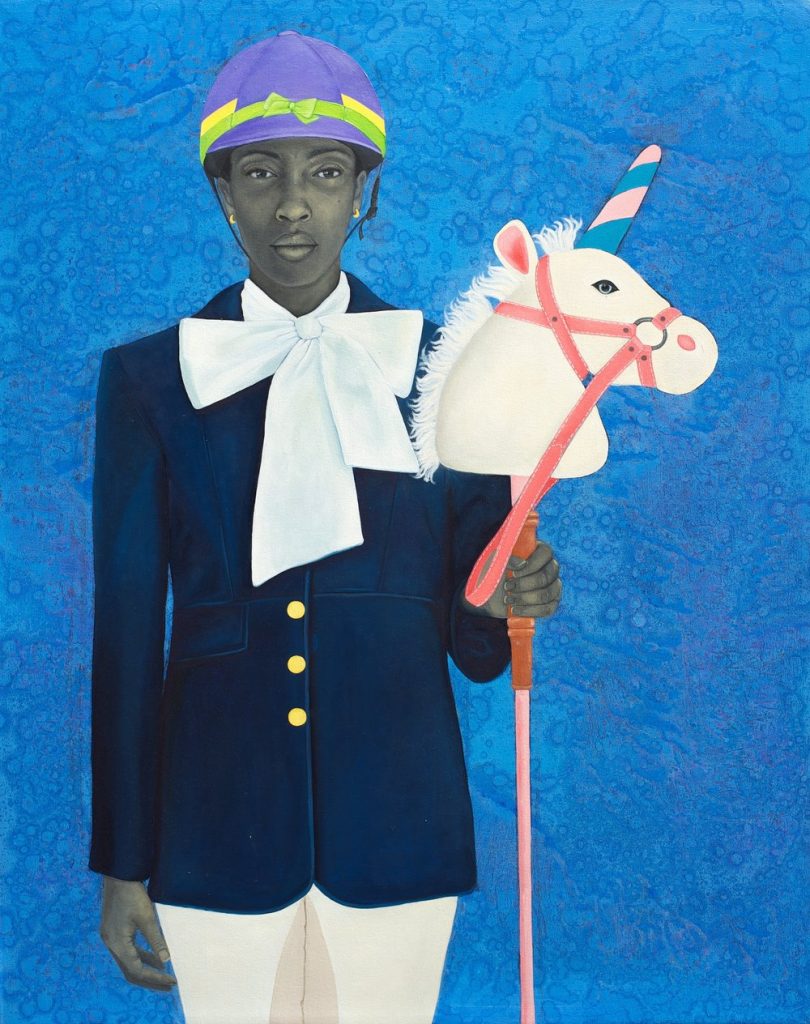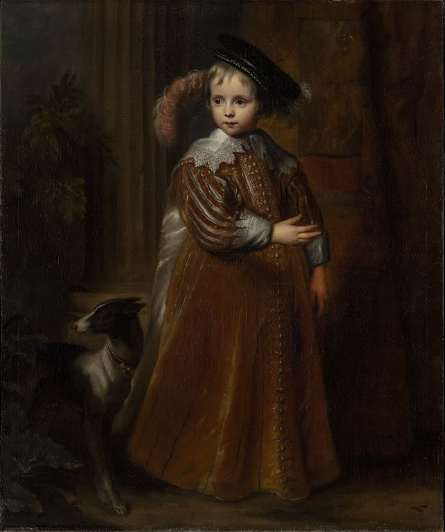For its 7th Slow Art Day celebration, The National Museum of Women in the Arts in Washington D.C. turned the day into a whole week of events, featuring 10 women, half of whom are artists of color: Andrea Higgins, Graciela Iturbide, Frida Kahlo, Susan Katz, Yayoi Kusama, Amy Lamb, Delita Martin, Alison Saar, Amy Sherald, and Mickalene Thomas.
Participants in their Slow Art “Week” were invited via the museum website and social media platforms to select and spend 10 minutes with five portraits from among the works of the 10 artists. They were then asked to join a Zoom discussion to reflect on their slow looking experience. A detailed image of Frida Kahlo’s ‘Self-portrait dedicated to Leon Trotsky’ (1937) was also made accessible on the Google Arts & Culture platform and shared as a Facebook post.
The Slow Art Day events were part of the ongoing initiative NMWA at Home, which features an amazing range of art resources – from online exhibitions to Spotify playlists – which can be accessed here. A PDF with instructions for the Slow Art Day specific events is available here. You can also explore more of the NMWA collection here.
One of the featured artists for their Slow Art Week was Amy Sherald, who works to reclaim portraiture and turn it into a celebration of African American individuality. Strongly inspired by Frida Kahlo’s themes and her use of color, Sherald’s art is a critique of historical black representation in both portraiture and photography and seeks to promote black selfhood.

Amy Sherald has also spoken a lot about her work. We’ve included quotes below and encourage you to watch the short YouTube video ‘Amy Sherald: In the Studio.’
“My work is about taking blackness past the stereotypes and opening it up to the imagination.”
Amy Sherald, quote from the NMWA Blog.
“These people have let go of that idea of being watched. They’re there to meet your gaze in a different way. And it’s a critique on historical black representation, whether it be in photography or painting.”
Amy Sherald, quote from Hauser & Wirth’s ‘Amy Sherald: In the Studio’ (YouTube).
The whole Slow Art Day HQ team loves Amy Sherald’s work and we are excited to see such focus on the reframing of conventional art history.
Participants also loved the NMWA’s Slow Art Week. One said it was one of the most “well-planned online (or offline) events they had experienced.” And unlike the previous years when the events were in the museum, this year people from all over the world – from California to the United Kingdom – were able to participate in their great program.
“This has been a super experience in so many ways: the quality of the seeing/interpretation; the generosity of listening/talking; and the sheer excitement of talking to a group of women I do not know in another country in another time zone, in this moment.”
U.K. Participant
We loved participating in the NMWA’s program and learning so much more about the 10 featured women artists. The Slow Art Day team looks forward to seeing more Slow Art Week (or maybe month?) events at the NMWA in 2021.
– Johanna, Phil and Ashley
P.S. We also have watched with admiration as the NMWA has recently started handing out water and snacks from their museum entrance as one way to support the international protests against racism and police violence.

